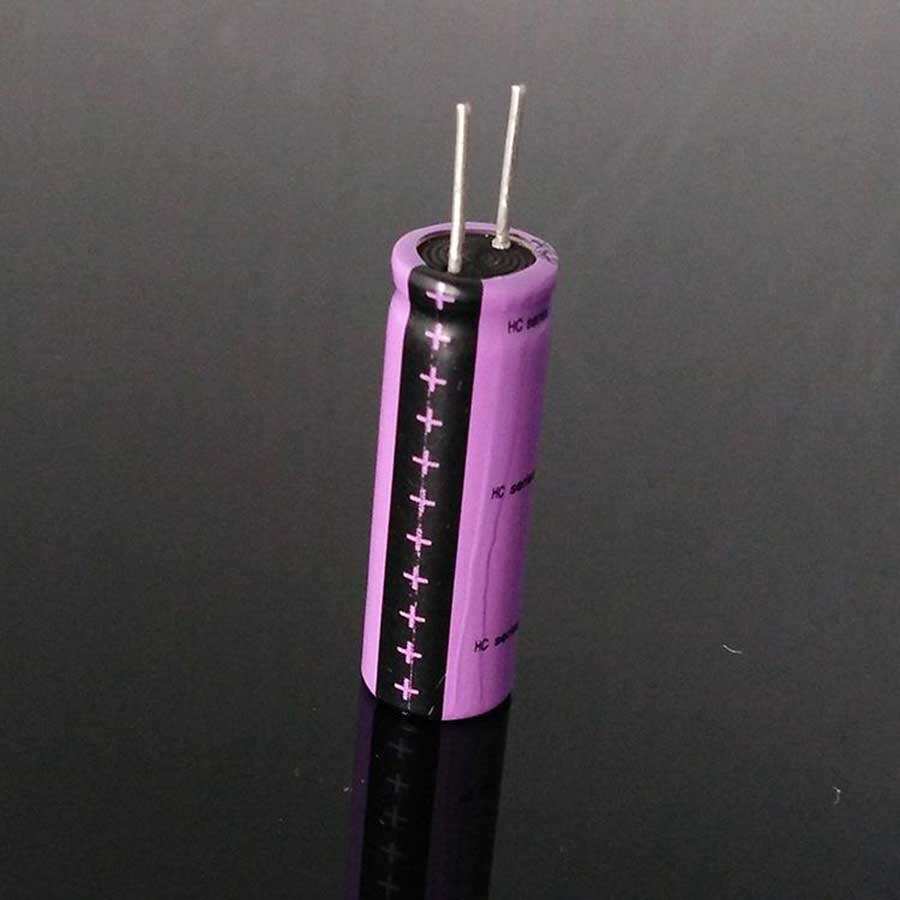
1. Lithium titanate battery is composed of positive and negative plates (positive active material is ternary lithium, negative electrode is lithium titanate), separator, electrolyte, tab, stainless steel (aluminum alloy) shell, etc. The positive and negative plates are the areas of electrochemical reaction, and the separator and electrolyte provide Li + transmission channels, which in turn play a role in guiding current.
When the battery is charged, Li + migrates from the ternary lithium material to the crystal surface, and is released from the positive plate material. Under the action of electric field force, it enters the electrolyte, passes through the separator, and then migrates to the negative electrode lithium titanate crystal through the electrolyte The surface is then embedded in the anode lithium titanate spinel structure material. At the same time, electrons flow through the aluminum foil of the positive electrode, through the tab, battery pole, load, negative pole, and negative ear to the aluminum foil electrode of the negative electrode, and then through the electrical conductor to the lithium titanate negative electrode, so that the charge reaches equilibrium.
When the battery is discharged, Li + is deintercalated from the lithium titanate spinel structure material, enters the electrolyte, passes through the separator, and then migrates to the surface of the ternary lithium crystal through the electrolyte, and then re-intercalates into the ternary lithium material. At the same time, electrons flow to the aluminum foil electrode of the negative electrode through the electrical conductor, to the aluminum foil electrode of the battery positive electrode through the tab, battery negative pole, load, positive pole pole, and positive pole ear, and then to the ternary lithium positive electrode through the electrical conductor. Balance the charge.
It can be seen from this that the basic principle of lithium titanate batteries is that during the charging and discharging process, the corresponding lithium ions are inserted back and forth between the positive and negative electrodes to complete the charging and discharging of the battery and the power supply to the load.

2. When the battery is charged, the positive electrode loses electrons, lithium ions are extracted and inserted into the negative electrode; while the negative electrode inserts lithium ions and gets electrons, it becomes a lithium-rich state. The process is reversed during discharge. In the reaction process of Li + intercalation or deintercalation, lithium titanate (Li4TI5O12) is an ideal intercalation electrode material. Li + intercalation and deintercalation have almost no effect on the material structure, so it is called "zero strain" material, thus Guaranteed its good cycle performance.
3. There are two different phase molecular structures of lithium titanate-Li7TI5O12 and Li4TI5O12. The crystal structure of Li7TI5O12 and the crystal structure of Li4Ti5O12 are both spinel structures, and the change in lattice constant is small, and the volume change is also small. It can avoid the structural damage of the electrode material during the charge and discharge cycle, which can improve the cycle performance and service life of the electrode. .
This site is protected by wp-copyrightpro.com
![]()